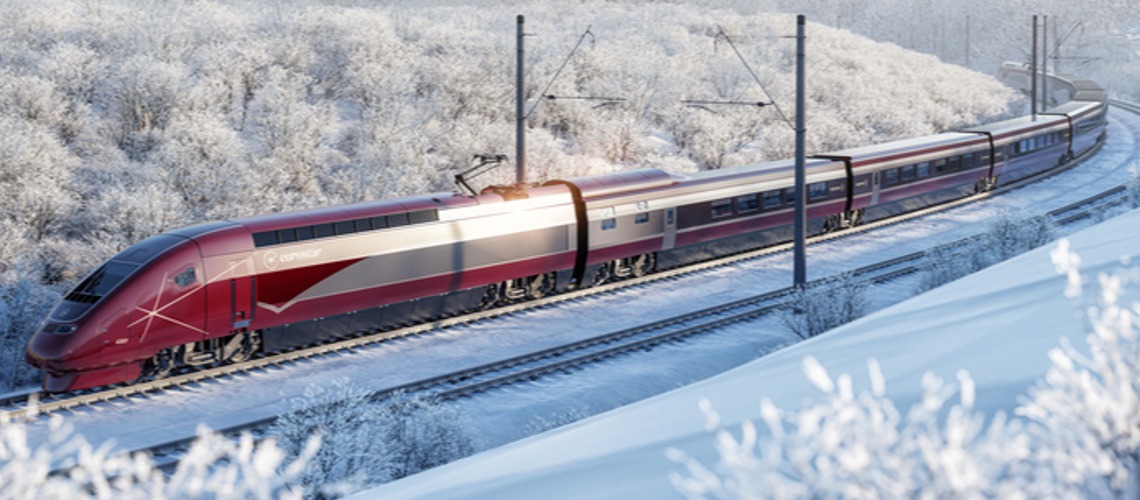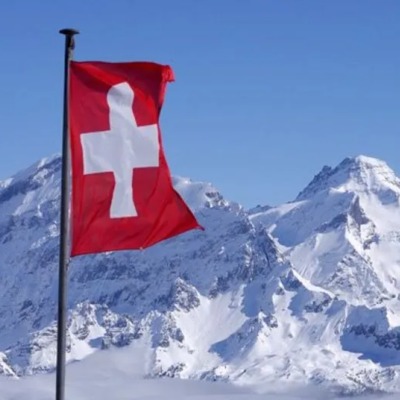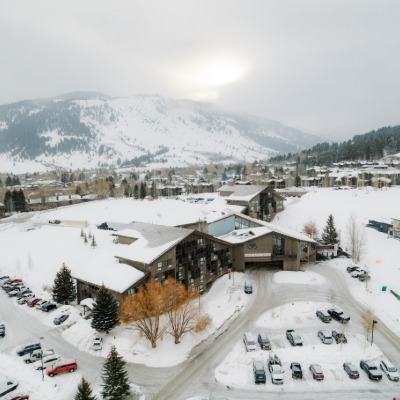Ski Trains Highlight Eco Benefits

Door-to-door, daytime rail journeys can rival air travel in terms of speed. Travelling overnight means you can wake up in the mountains and get straight onto the slopes, adding two extra ski days to your holiday.
Climate-action charity POW UK’s figures show the effect of transport mode on the carbon emissions of a ski holiday. When a skier travels by plane, the total gas emissions is typically 395kg CO2, with 250kg CO2 resulting solely from the journey. In contrast, a typical ski holiday by train results in a total of 156 kg CO2, because the train journey creates only 11kg CO2 of emissions.
Most French ski resorts have a train station located close by, accessible by bus and taxi services. Depending on the destination, transfer durations are usually 25–50 minutes’ drive.
Bus stations are usually adjacent to train stations with bus services timed to correspond with train arrivals and departures.
Several ski resorts, including Serre Chevalier, Chamonix and Bourg-Saint-Maurice Les Arcs, have a train station located in their village. Furthermore, Bourg-Saint-Maurice has a unique funicular railway that transports skiers to the village of Arc 1600 in just seven minutes. The resort of Saint-Gervais has a new cable car that links the train station and the village.
EUROSTAR SNOW (New route via Lille)
There’s no direct Eurostar Ski Train service to Bourg-Saint- Maurice for winter 2024-25. Instead, Eurostar offers a service with a change of train at Lille- Europe station. Skiers travel from London St Pancras on Saturday mornings by Eurostar, switching to a Eurostar continental (formerly Thalys) train to the Tarentaise region of the French Alps. The service calls at Chambéry, Albertville, Moûtiers-Salins, Aime-la-Plagne, Landry and Bourg-Saint-Maurice.
The return journey, also via Lille- Europe, departs from the Alps on Sunday mornings, arriving in London in the afternoon. This means that skiers will stay in the Alps for eight nights instead of the normal seven, skiing an extra day on the final Saturday – the quietest day on the slopes.
EUROSTAR + TGV (Via Paris or Lille)
Travelling by Eurostar and TGV via Paris gives the widest choice of destinations. There are multiple departures each day of the week, with more services on Saturdays and Sundays. If you’re travelling from London, you’ll need to switch stations in Paris by taxi or RER (see our Change in Paris guide).
Some ski resorts can also be reached by Eurostar and TGV via Lille-Europe. From Lille, you take a TGV to Lyon-Part-Dieu station, and then from there a local TER train. Departing the night before and stopping over in Paris or Lille creates more options and enables you to arrive at your resort earlier the following day.
EUROSTAR + INTERCITÉ DE NUIT (Via Paris)
Sleeper trains have been a staple of the rail traveller’s diet for many years. The idea of a journey where you sleep en route and wake up in your destination has wide appeal for children and adults alike.
SNCF axed a number of sleeper- train routes in 2016 but is now reintroducing sleeper routes and renovating its fleet of Intercités de Nuit (the name for its sleeper trains). These overnight services depart from Paris Austerlitz station, reaching destinations in the Southern French Alps, Côte d’Azur and the Pyrenees.
Over the next few years, it is expected that more Alpine routes will return, such as to Bourg-Saint-Maurice and Saint- Gervais-les-Bains.













